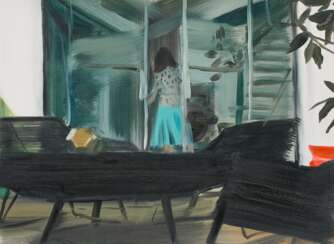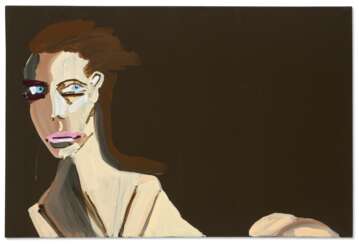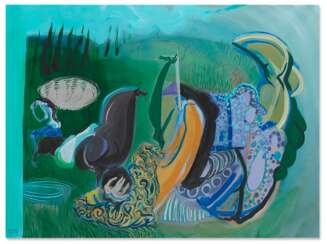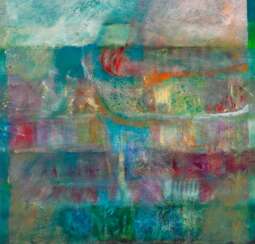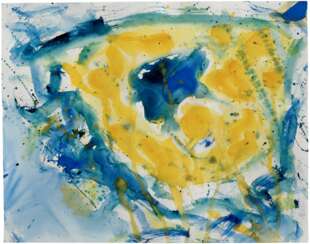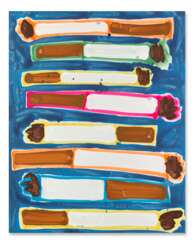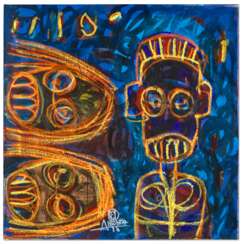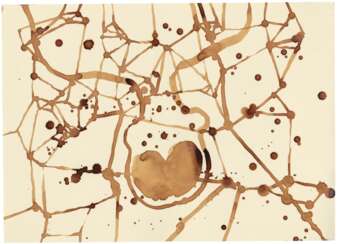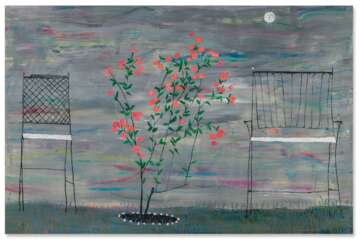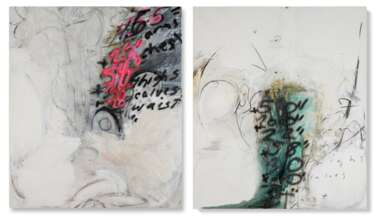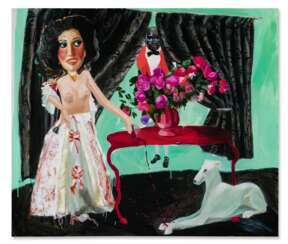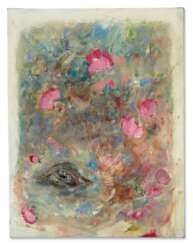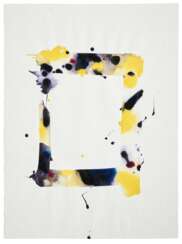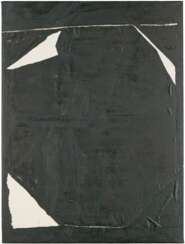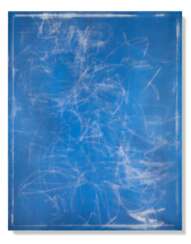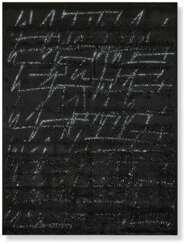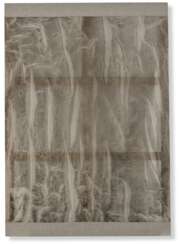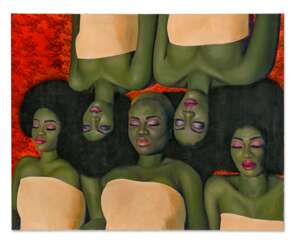
Paintings — First Open: Post-War and Contemporary Art Online
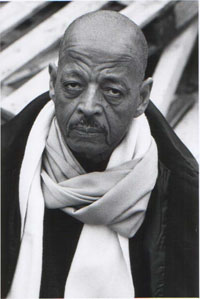
Hussein Shariffe was a Sudanese filmmaker, painter, poet and university lecturer at the University of Khartoum.[1] After years of schooling in Khartoum and in Alexandria, Egypt, he studied modern history and fine arts in England, where he had his first exhibition in London's Gallery One in 1957. Back in Sudan in the 1970s, he worked both at the Ministry of Culture and at the Faculty of Arts at the University of Khartoum. In 1973 he began a second artistic career as filmmaker, producing several documentary films and cinematographic essays on subjects such as traditional rites or history in Sudan, as well as on life in exile during his later years in Cairo. In his lifetime, he have painted more than 500 paintings, but only few of them have been documented.

Hussein Shariffe was a Sudanese filmmaker, painter, poet and university lecturer at the University of Khartoum.[1] After years of schooling in Khartoum and in Alexandria, Egypt, he studied modern history and fine arts in England, where he had his first exhibition in London's Gallery One in 1957. Back in Sudan in the 1970s, he worked both at the Ministry of Culture and at the Faculty of Arts at the University of Khartoum. In 1973 he began a second artistic career as filmmaker, producing several documentary films and cinematographic essays on subjects such as traditional rites or history in Sudan, as well as on life in exile during his later years in Cairo. In his lifetime, he have painted more than 500 paintings, but only few of them have been documented.
Samuel Lewis Francis, an American painter and printmaker, was known for his pivotal role in postwar American painting and his contributions to the Abstract Expressionism and Color Field painting movements. Born in San Mateo, California, Francis' early life was marked by a deep personal loss and a significant injury during his service in the Army Air Corps, which led him to pursue painting while recovering in a hospital. His work, characterized by splashes of bright contrasting colors against expansive white canvases, drew international acclaim, particularly in Europe and Japan, underscoring his influence on the global art scene.
Francis' art evolved through various phases, from monochromatic works to vibrant, large-scale pieces, and was deeply influenced by his time in Paris and Japan, reflecting elements of Tachisme and possibly Zen Buddhism. Notable for creating large murals and his "Edge" series, Francis also founded The Lapis Press, further contributing to the art community by producing visually compelling texts. Despite facing health challenges towards the end of his life, he remained prolific, leaving behind a legacy celebrated through the Sam Francis Foundation, which aims to perpetuate his creative legacy.
Francis' artworks are held in prestigious collections worldwide, including The Metropolitan Museum of Art, The Museum of Modern Art, New York, and the Centre Pompidou-Musee National d'Art Moderne, Paris, highlighting his enduring influence on contemporary art. His auction records and continued recognition in solo exhibitions posthumously underscore the lasting impact of his work on both collectors and the art community.
For those passionate about modern art and its history, staying informed about Samuel Lewis Francis' contributions and the ongoing exhibitions of his works can be enriching. Sign up for updates related to Francis to ensure you don't miss out on new sales and auction events showcasing his vibrant legacy.
Samuel Lewis Francis, an American painter and printmaker, was known for his pivotal role in postwar American painting and his contributions to the Abstract Expressionism and Color Field painting movements. Born in San Mateo, California, Francis' early life was marked by a deep personal loss and a significant injury during his service in the Army Air Corps, which led him to pursue painting while recovering in a hospital. His work, characterized by splashes of bright contrasting colors against expansive white canvases, drew international acclaim, particularly in Europe and Japan, underscoring his influence on the global art scene.
Francis' art evolved through various phases, from monochromatic works to vibrant, large-scale pieces, and was deeply influenced by his time in Paris and Japan, reflecting elements of Tachisme and possibly Zen Buddhism. Notable for creating large murals and his "Edge" series, Francis also founded The Lapis Press, further contributing to the art community by producing visually compelling texts. Despite facing health challenges towards the end of his life, he remained prolific, leaving behind a legacy celebrated through the Sam Francis Foundation, which aims to perpetuate his creative legacy.
Francis' artworks are held in prestigious collections worldwide, including The Metropolitan Museum of Art, The Museum of Modern Art, New York, and the Centre Pompidou-Musee National d'Art Moderne, Paris, highlighting his enduring influence on contemporary art. His auction records and continued recognition in solo exhibitions posthumously underscore the lasting impact of his work on both collectors and the art community.
For those passionate about modern art and its history, staying informed about Samuel Lewis Francis' contributions and the ongoing exhibitions of his works can be enriching. Sign up for updates related to Francis to ensure you don't miss out on new sales and auction events showcasing his vibrant legacy.


